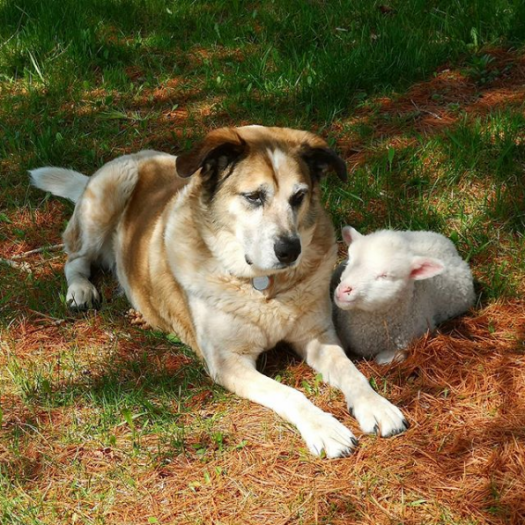Note: I wrote this originally for the daily newsletter at the Columbia Journalism Review, where I am the chief digital writer
More than two years after Mark Zuckerberg, co-founder and CEO of Facebook, first raised the idea of an independent “Supreme Court” that might help regulate content on the network, the first members of what it is now calling its Oversight Board have been named. The company released the names and bios of the 20 appointees on Wednesday morning, and also held a conference call with a number of journalists to take questions about the board and its mandate. The call was hosted by Thomas Hughes, director of administration for the Oversight Board, along with the board’s four co-chairs: Jamal Greene, a professor of law at Columbia University; Michael McConnell, director of the constitutional law center at Stanford and a former federal circuit-court judge; Helle Thorning-Schmidt, the former prime minister of Denmark, and Catalina Botero-Marino, the former special rapporteur for freedom of expression for the Organization of American States.
The 20 appointees announced on Wednesday — about half of the total number the board is expected to have when it is completed, according to Facebook executive Brent Harris — are an illustrious group that includes a director from Human Rights Watch, the founder of the Digital Rights Foundation in Pakistan, a professor at Stanford Law School, a First Amendment scholar and vice president at the Cato Institute, a director of the Open Society Initiative for West Africa, and Tawakkol Karman, a Yemeni winner of the Nobel Peace Prize. The group also includes a couple of journalists: Alan Rusbridger, former editor-in-chief of the Guardian, and Endy Bayuni, a senior editor at Indonesia’s Jakarta Post. In a Medium post about his appointment, Rusbridger says about his decision: “Will it work? Let’s see. There is, in my view, no excuse for not trying. The balancing of free expression with the need for a better-organised public square is one of the most urgent causes I can imagine.”
As CJR has explained before, the idea behind the oversight board is to have an independent body that can make decisions about the often contentious decisions that Facebook makes — whether to take down an image of a naked Vietnamese girl covered in napalm, for example. There are a number of restrictions on what the board can review: at least for now, it can only hear cases about things that have been taken down, not things that have been left up, and its ambit doesn’t extend to WhatsApp. Facebook says it is committed to the independence of the group, and that under the charter that it put together to govern the board, its decisions are binding — meaning it will theoretically be forced to implement them (unless doing so would break the law). Some see the board as a valuable check on Facebook’s power to control the speech and behavior of billions of users. But others question whether the board will truly be independent or effective against such a massive corporate entity, and see it as a fig leaf that allows Facebook to pretend it cares about such topics.




